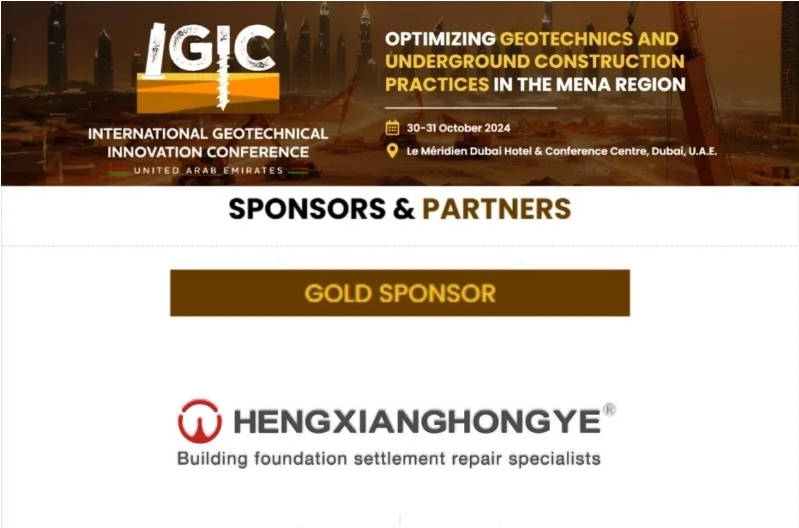0 Comments
·0 Shares
·
·




